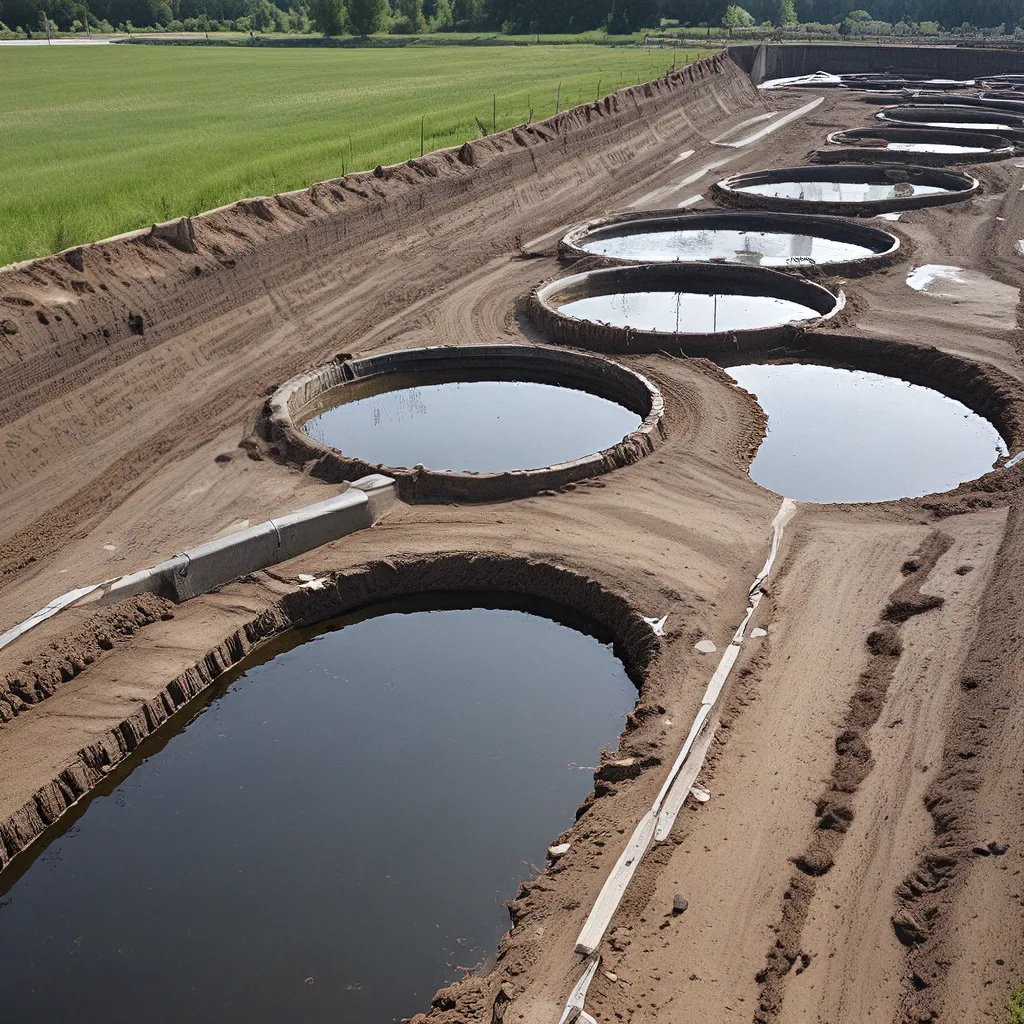
As an environmental enthusiast, I’ve always been fascinated by the complex world of wastewater treatment. It’s one of those essential processes that most of us take for granted, but boy, does it have a significant impact on our planet! From the energy-guzzling treatment plants to the tricky problem of sludge disposal, this industry is a real mixed bag when it comes to sustainability.
Let me tell you, I’ve done a deep dive into the research, and it’s eye-opening. The good news is that there’s a lot of innovative work happening to make wastewater treatment more eco-friendly. But the bad news? We’ve still got a long way to go to minimize the environmental toll.
First up, the energy consumption. These treatment plants are real energy hogs, chugging away on fossil fuels and pumping out greenhouse gases like there’s no tomorrow. According to one source, the treatment process requires energy for all sorts of energy-intensive tasks, like pumping, aeration, mixing, and sludge treatment. Yikes, talk about a carbon footprint!
But the savvy folks in the industry are fighting back. They’re embracing renewable energy sources like solar and wind power, and implementing smart energy management strategies to optimize their processes. It’s a step in the right direction, for sure, but there’s still a lot of work to be done to make these plants truly sustainable.
And then there’s the issue of sludge – that unappetizing byproduct of the treatment process. According to the research, sludge can be a real environmental hazard if not managed properly. It’s a cocktail of organic and inorganic matter, with a potential for pathogens and toxic substances. Yuck!
The traditional methods of sludge disposal, like land application, incineration, and landfilling, have their own set of problems. They can lead to soil contamination, air pollution, and groundwater issues. But the industry is getting creative with new and improved sludge management techniques, like anaerobic digestion, composting, and thermal treatment. These methods aim to reduce the volume of sludge, convert it into useful resources (like biogas or fertilizer), and minimize its environmental impact.
Now, let’s talk about the chemicals used in the wastewater treatment process. According to the source, these chemicals, which include disinfectants, coagulants, and flocculants, can have some nasty environmental side effects. For instance, some disinfectants like chlorine can react with organic compounds and form disinfection byproducts (DBPs) that can be harmful to aquatic life.
But the industry is getting proactive on this front too. They’re exploring alternative disinfection methods, like ultraviolet (UV) treatment and ozone treatment, which reduce the reliance on chemical additives. And advancements in treatment processes, such as membrane filtration and activated carbon adsorption, are helping to minimize the need for chemicals altogether.
One of the biggest environmental concerns with wastewater treatment is the impact on aquatic ecosystems. The source explains that wastewater can contain high levels of nutrients, particularly nitrogen and phosphorus, which can lead to eutrophication – an excessive growth of algae and aquatic plants. This can deplete oxygen in the water, causing harm to fish and other aquatic organisms.
To combat this, treatment plants are employing processes like biological nutrient removal (BNR), which uses bacteria to convert the nitrogen and phosphorus into harmless gases. And they’re also relying on advanced tertiary treatment methods, such as membrane filtration, to further reduce nutrient levels before the treated water is discharged.
But the story doesn’t end there. Even after all the treatment, the release of the treated wastewater into rivers, lakes, or oceans can still disrupt the balance of aquatic ecosystems. The research indicates that the treated water may still contain residual contaminants and substances that can impact aquatic organisms. That’s why it’s crucial to have robust monitoring and control measures in place to ensure the quality of the treated wastewater meets strict environmental standards.
And let’s not forget about the impact of metals like mercury and lead, which can accumulate in aquatic organisms and pose a threat to both wildlife and human health. Wastewater treatment plants are employing specialized metal removal techniques to reduce these toxic substances before discharge.
It’s a complex web of environmental challenges, but the good news is that the wastewater treatment industry is rising to the occasion. They’re exploring innovative solutions, investing in sustainable practices, and working to minimize the negative impact on our precious ecosystems.
At Alpha Wastewater, for example, we’re committed to leading the charge towards a more eco-friendly future. We’re constantly researching and implementing the latest technologies and best practices to make our wastewater treatment process as sustainable as possible. From renewable energy sources to advanced sludge management, we’re leaving no stone unturned in our quest to reduce our environmental footprint.
But the truth is, we can’t do it alone. It’s going to take a collective effort from municipalities, industries, and individuals to truly make a difference. We all have a role to play in ensuring that wastewater treatment becomes a cornerstone of environmental protection and contributes to a healthier, more sustainable future for our planet.
So, let’s roll up our sleeves and dive into the (hopefully not too smelly) world of wastewater treatment, shall we? There’s a lot of work to be done, but with a little creativity, innovation, and good old-fashioned elbow grease, I believe we can transform this industry into a shining example of sustainability.